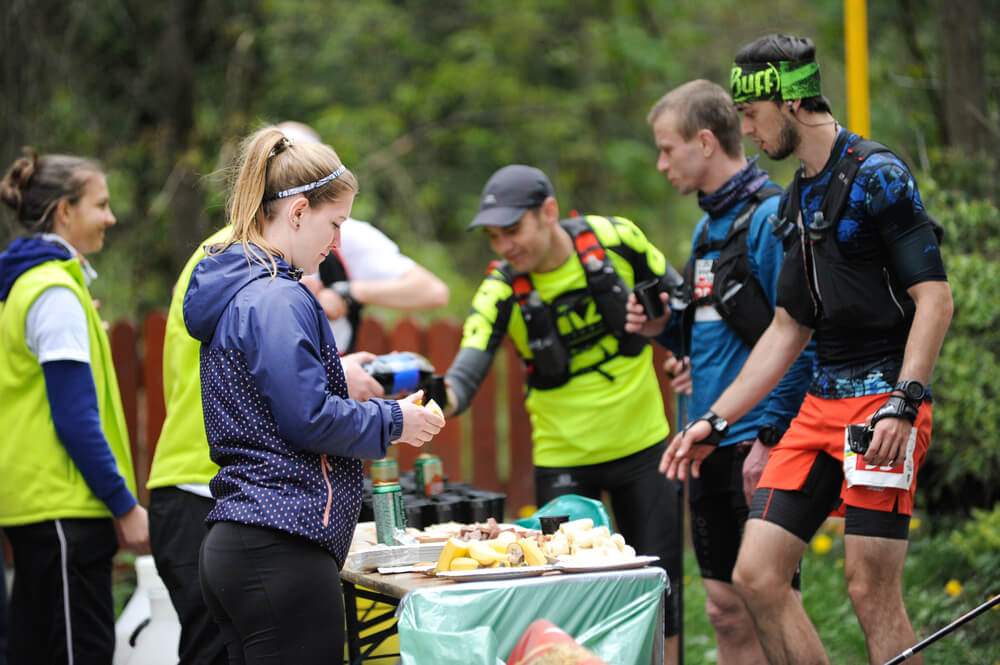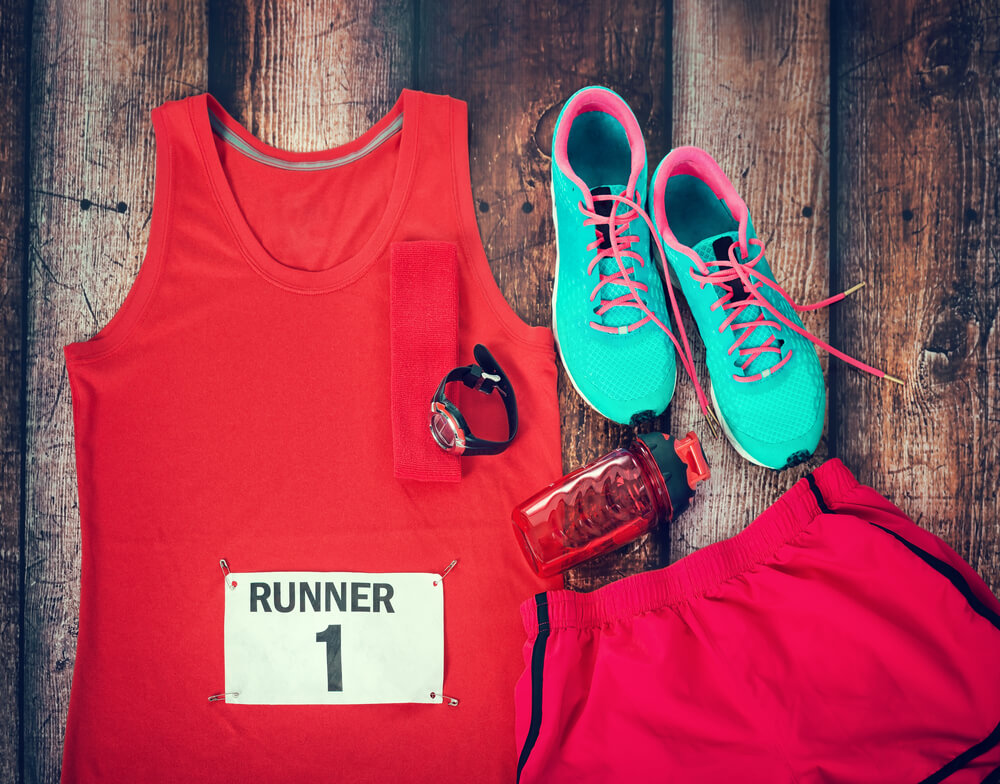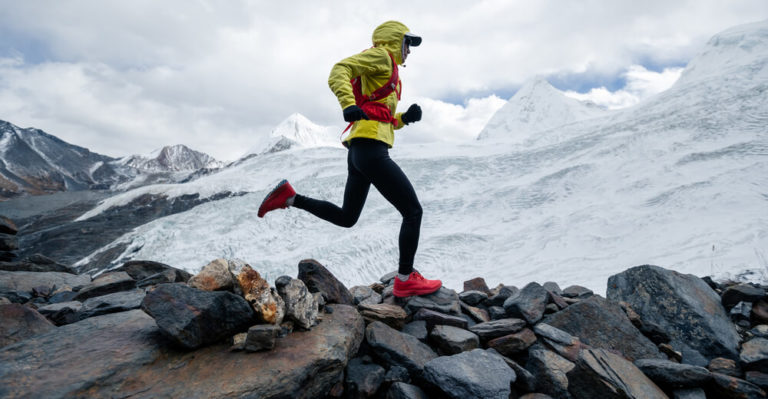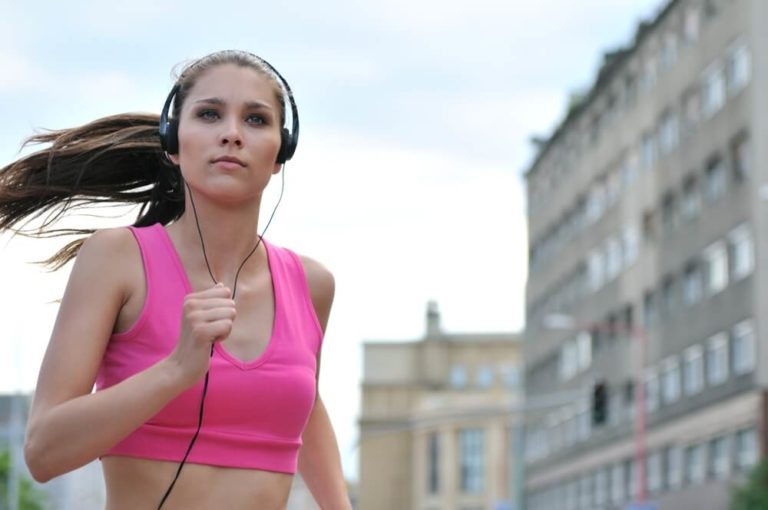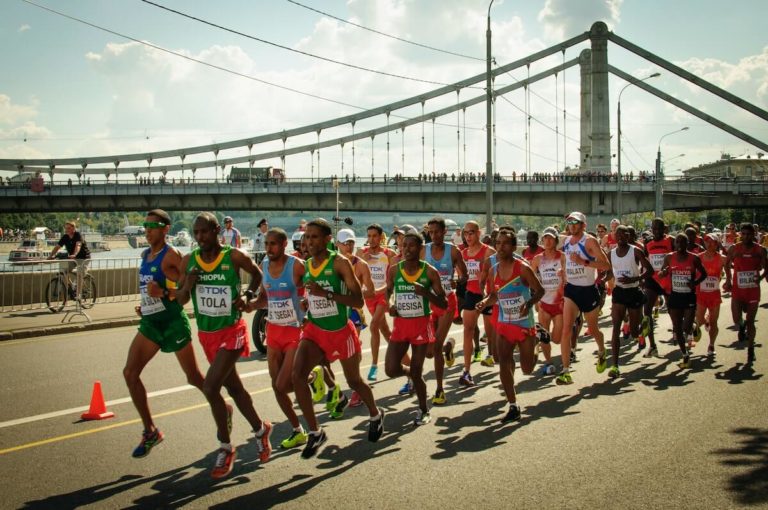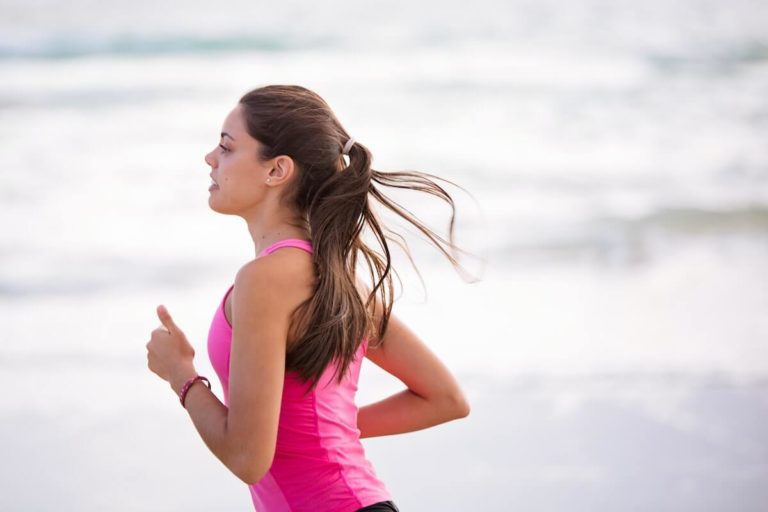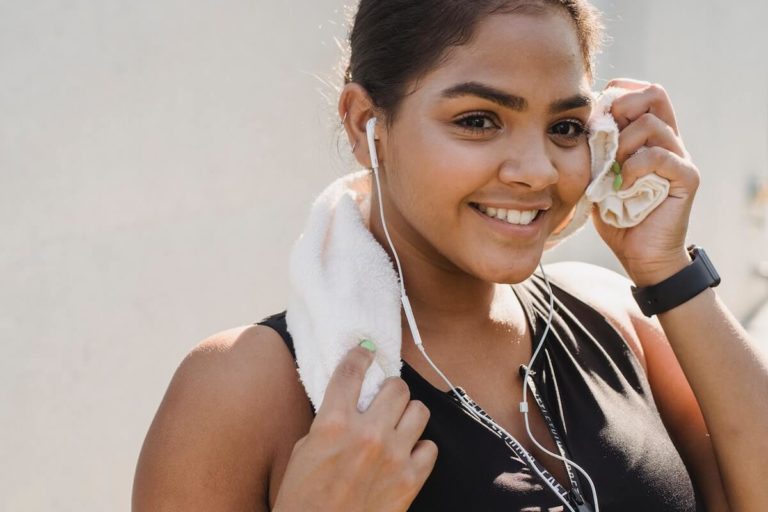Our website contains links to partner sites. If you click from our site to the partner's site and purchase their services there, we will receive a commission for mediation (Find out more information). This form of cooperation does not affect the objectivity of our reviews. With each purchase made through links from our site, you support our editorial office so that we can create quality and useful content in the future. Thank you.
Essential guide to running gear
Running shoes
Some runners are concerned about body mass, and studies show that bulkier shoes require more energy during exercise. Lighter shoes generally have less padding, making them feel quicker, but new midfoot foams now allow for a comfy ride without bringing much weight to the shoe.
Types of running shoes
A variety of factors influence shoe selection.
When looking for a new pair, consider your body mass, distinct bio mechanics, training surface irregularities, training goals, personal choices, and foot form and posture.
There are mainly 5 types of running shoes that you should be acquainted with, in my viewpoint.
- Light weight shoes
- Trail running shoes
- Stability shoes
- Motion control shoes
- Cushioned shoes
Trail running shoes
Because trail runners must navigate mud, dirt, stones, and various off-road barriers, they involve the utmost in support, consistency, and safety.
Training running shoes
Training shoes can support a broad range of motions, from horizontal plyometric moves to on-the-spot sit ups to rapid directional movement. Training shoes are generally flatter and more flexible, with a lesser heel-toe drop. They are also intended to provide greater stability.

Running clothing
The best outdoor gear can not just provide you with the additional incentive to head out the door, as well as make your runs more enjoyable and safer.
Running clothing for men
Running becomes more comfy, like any brisk walking, when you wear clothing that retains you adequately vented or—in wet or cold circumstances shielded and dry. Trousers, leggings, jogging bottoms, shirts, body armor, and jackets are all options for running clothing.
Running clothing for women
Presently, there are greater number of female runners compared to ever before. As a result, a higher number of women require the proper equipment.
- Track pants
- Trench coat
- Long-sleeved base layer.
- Legwear
- Blazers
- Footless tights
- Hat/Gloves
When participating in sports activities, you must guard yourself from the factors (rain, breezes, frost, freezing weather, etc.) by managing your sweating.we must have to dress in layers. The three-layer system assists you in selecting the appropriate clothing while considering the weather and sport. You’ll need the main layers to stay warm and dry: a baselayer to wick away moisture, a main layer to make you feel comfortable, and an outer layer to keep the components out.
Running jacket
In colder weather, just few layers moisture-wicking shirt and also a rain jacket or rain shell—will be more effective than a single heavy piece of tight outerwear.
Several types of jackets are available according to your needs like lightweight storm shell, waterproof jacket for raining weather, running rain jackets and running winter jackets to keep you warm.
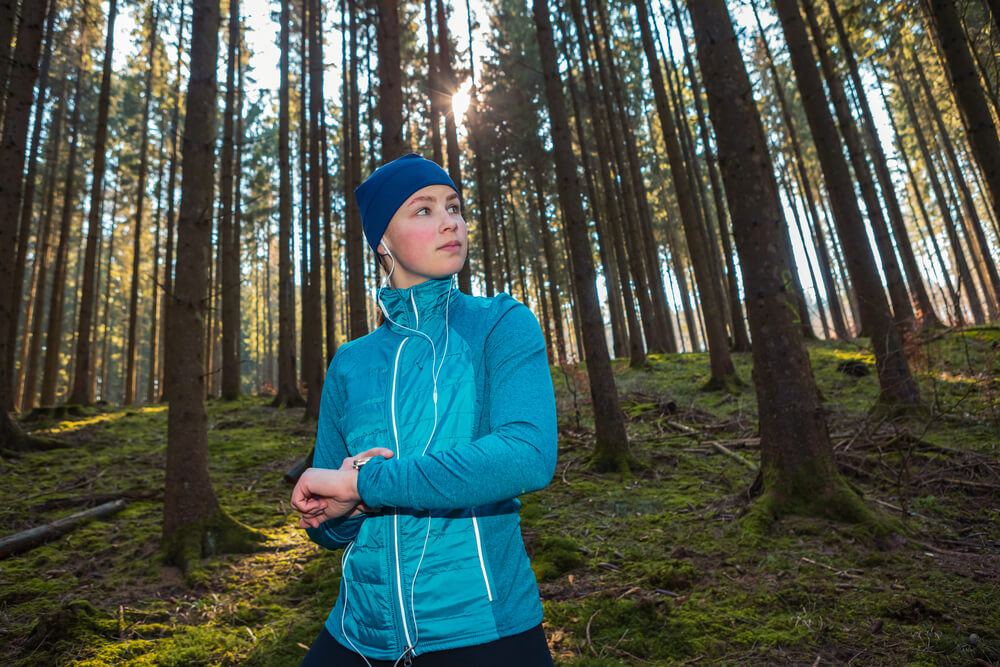
Running shirts
Are you constantly double-checking your splits? Consider the Flow Shirt by Oiselle, that includes a keyhole for the watch face. With thumb openings, you can stay warm while keeping an eye on your speed in this long shirt. In hotter seasons, consider a UV-protective shirt, or an airy short sleeve in high-performance stuff, and you’ll imagine the last time you ran in dirty, spongy concert t-shirts.
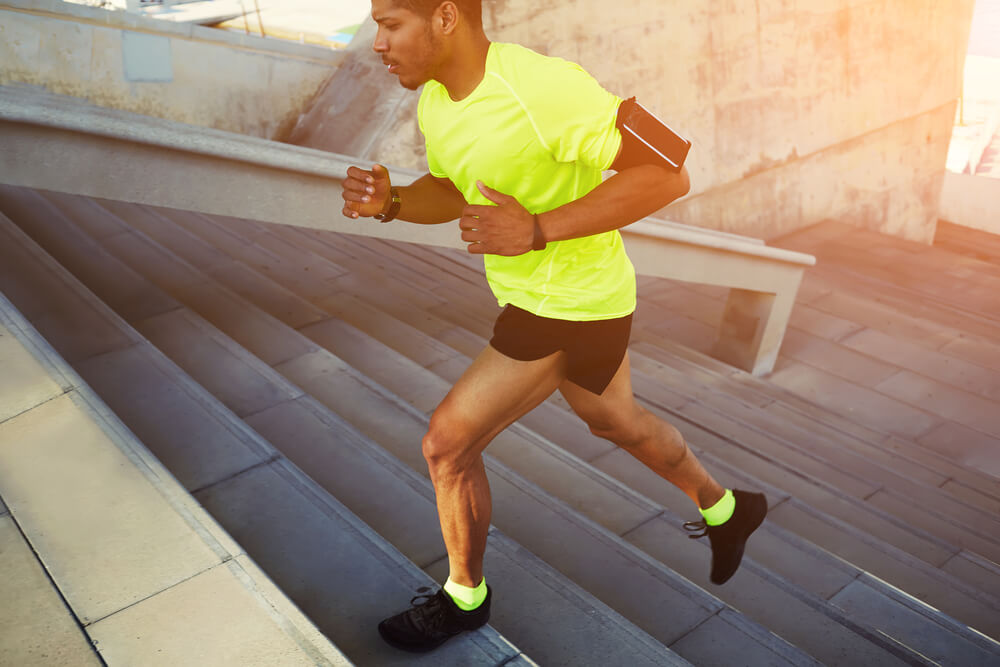
Running tanks
Suggest one of the following quality tank tops if you want the optimum movement that a short sleeved shirt provides. The Hoka tank has a regular fit that is perfect for walking or running because it adds virtually no drag.
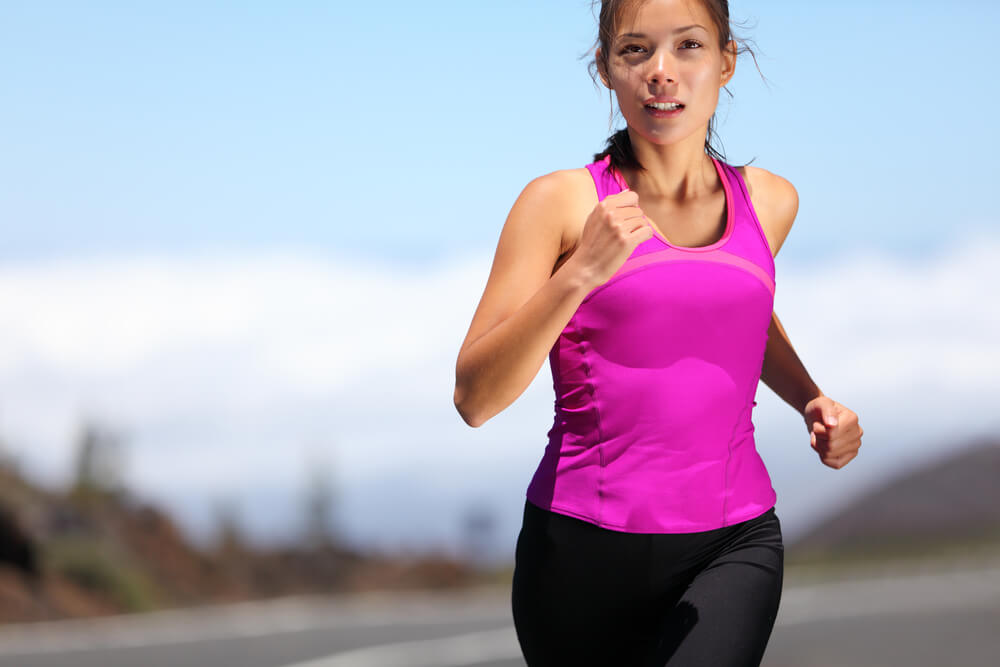
Running shorts
Whether you prefer cycling shorts or vintage running shorts, a slightly greater waistband is likely to be the main factor to relaxation. Other requirements include chafe-free stitching, no wedgies, and comfy fabrics.
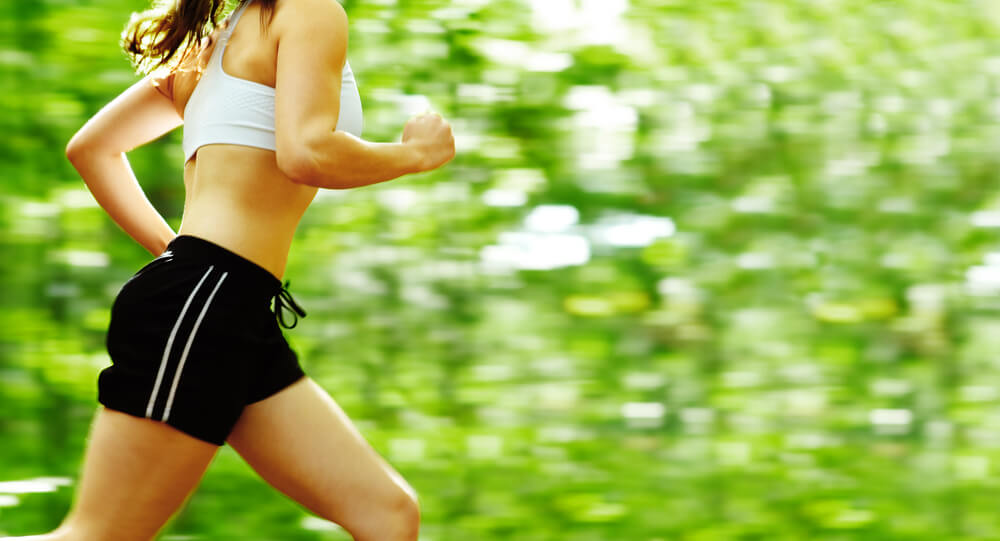
Running tights
Running in tights gives you a more sleek appearance and reduces tension with each step. Some runners believe that this can enhance aerobic endurance while also providing comfort and reducing distractions. A apparently minor change in running attire can have an effect on speed.
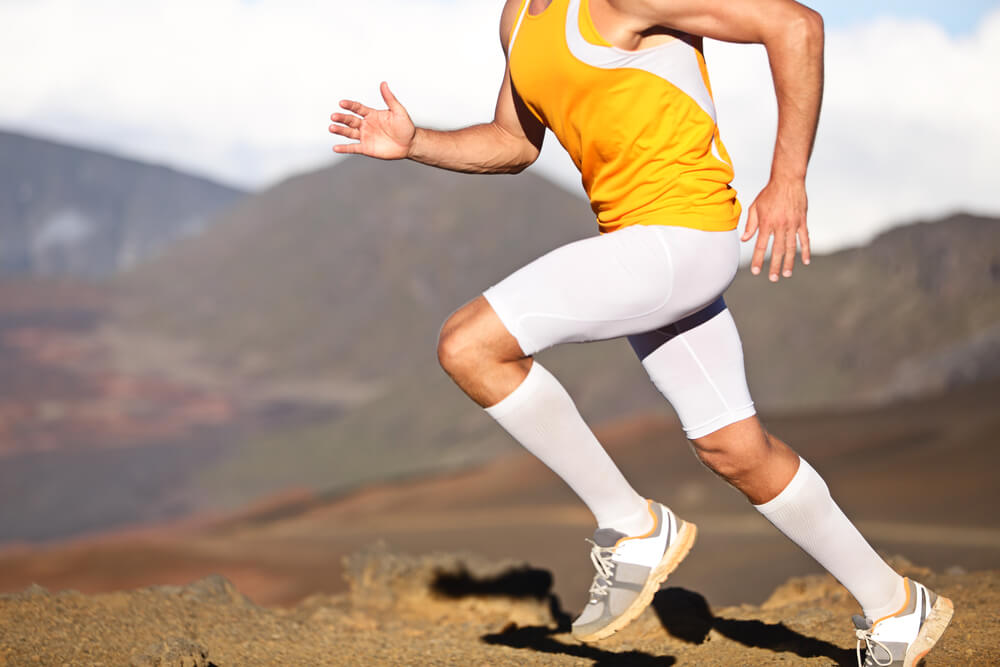
Running leggings
Nothing is more annoying than a leggings pair that refuse to stay in place. Look for features like a drawcord waistband to tighten your leggings, a strong crotch strap to relax more confidently on your thighs, and seams that comply your body’s normal curves.
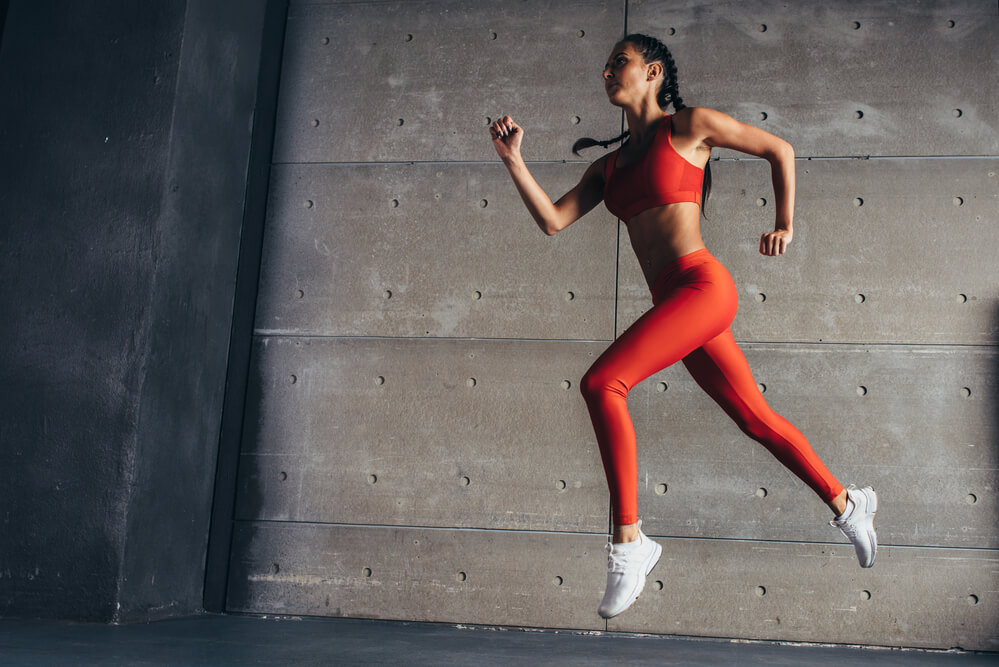
Running skirts
While many running skirts, despite their name, are definitely high waisted shorts with boxer briefs underneath. As well as, by stopping chafing, those shorts can be a lifesaver during a lengthy (or even quick) run. So put on a skirt. Your legs will be grateful.
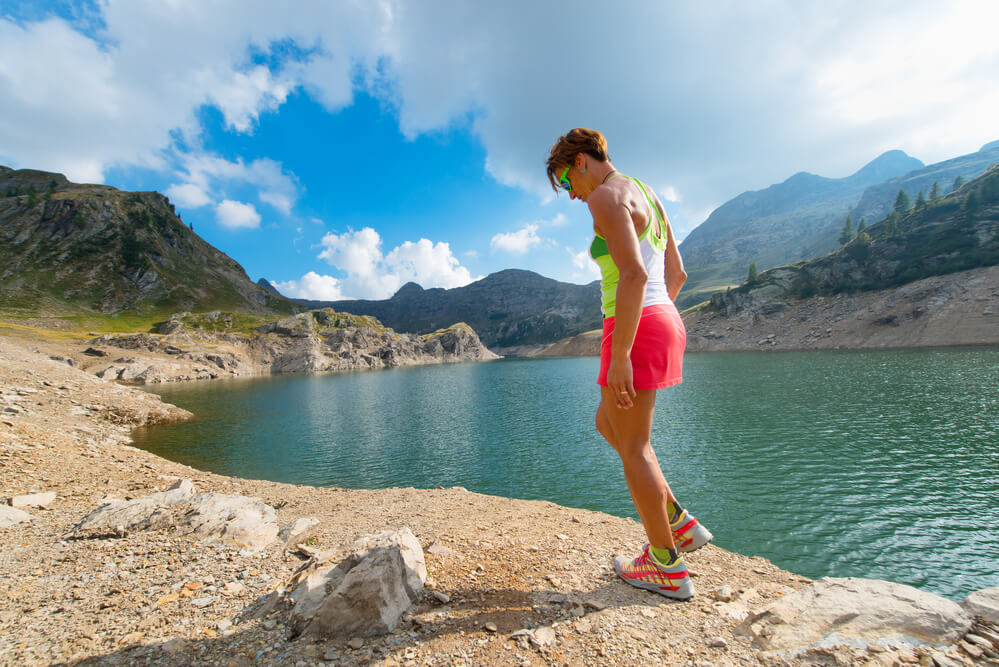
Sport underwear
For years, the jockstrap has served as the go-to athletic underwear alternative, and with much more drapery and color choices available, it’s difficult to go flawed with this masterpiece.
Cotton underwear is not recommended for running because it absorbs water and retains the sweat. To stay comfortable, choose sleek and flexible fabrics that are rapid drying and remove excess sweat, such as nylon or polyester.
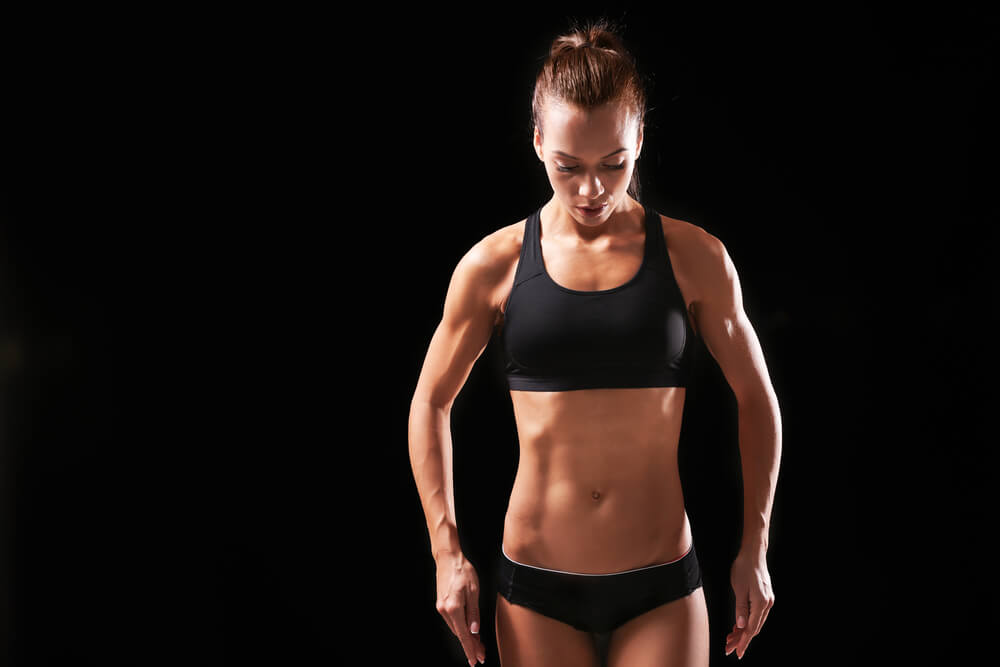
Running sports bras
A decent sports bra is essential, second only to shoes. I’ve run in ill-fitting shorts and overheated layers before, but I’ll stop if I notice I’ve neglected to put on the proper high-support running bra.
Kudos to a small cross-back clip, the Sweaty Betty Ultra Running Bra is surprisingly light considering how much help it provides.
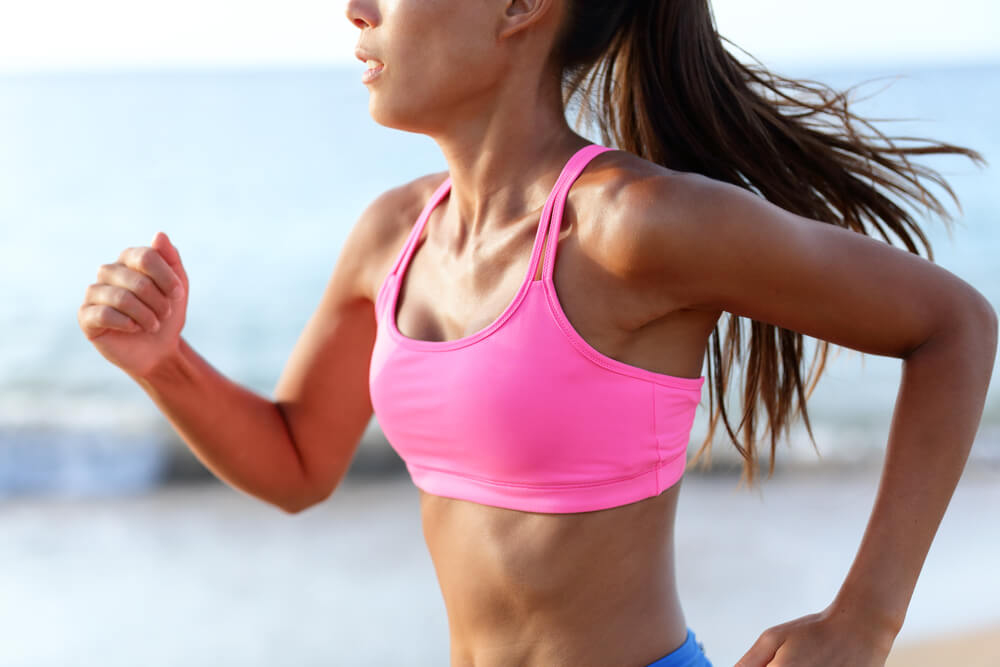
Compression running socks
The ideal time to dress up compression are during running, recovering from a workout, and traveling. Throughout compression socks and hems deliver oxygen-rich blood into the muscles, along with nutrient content and hydration. It also minimizes vibration, which has the potential to boost muscle effectiveness and mechanics.
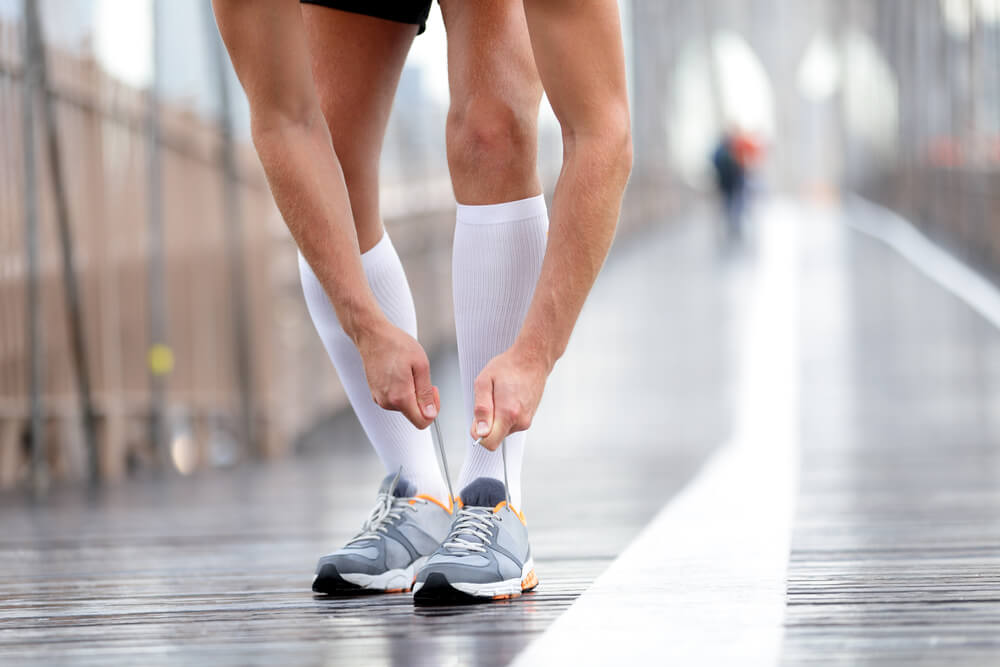
Running hat
A decent running hat has a lid to prevent the sun out of your eyes and a thin cap to allow the breeze to knock via the hairs. A running hat can also be used to keep rain away from your face when it rains.
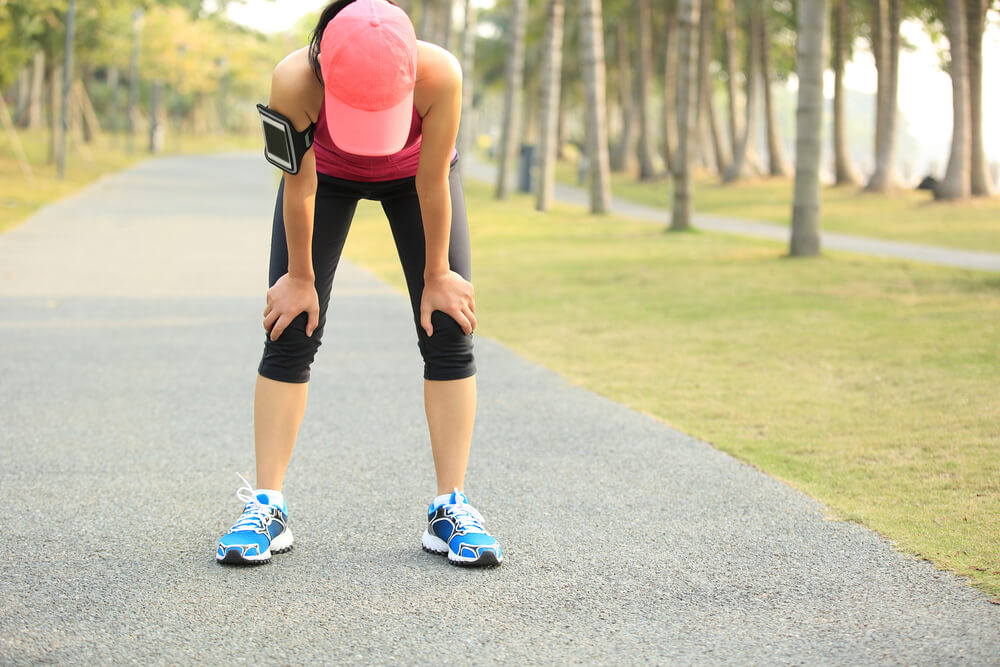
Running hats may improve your aerodynamics
As previously stated, wearing a hat will hold your hair out of your face. This would also mean that the hair would be less likely to create unnecessary drag, making you extra aerodynamic. This is the reasoning behind why many runners trim their natural hair.
Running headband
A specially designed running headband will stop moisture and hair away from your eyes. It also won’t drop down or become stinky or sturdy after extended use.
Running headbands are also an excellent way to soak up sweat from the head and prevent it from falling into the eyes. In the warmer months, a headband can shield your head from the sun, which is ideal for long runs or trail adventures.
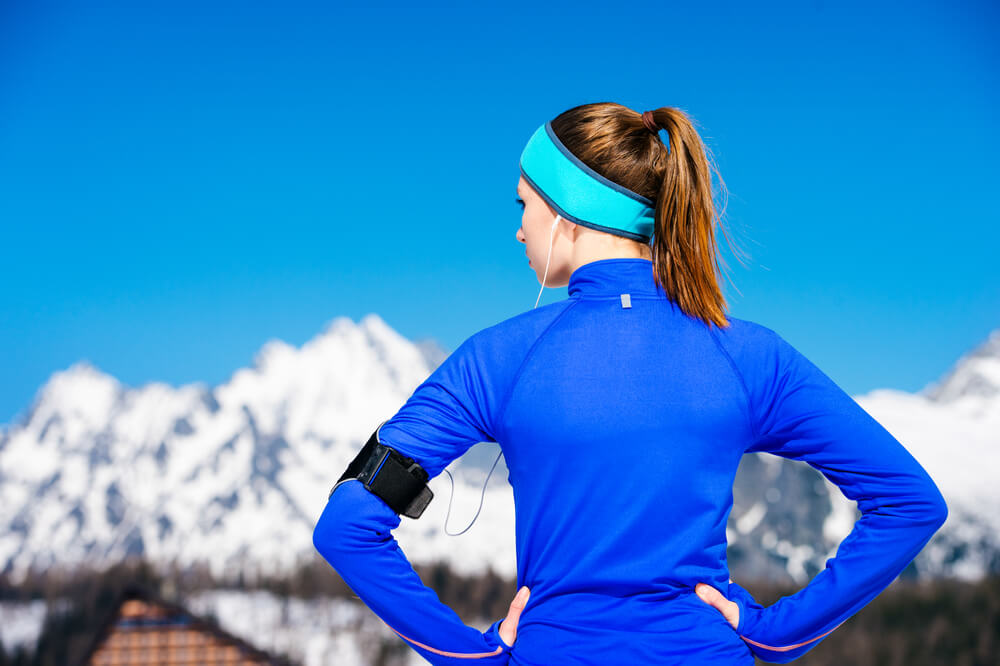
Running gloves
Runners wear protective gloves to maintain their hands warm during the winter months. If you’ve never experienced it, you’d be amazed how frustratingly cold your hands can become even when the temperature exceeds the high 40s.
Simple running gloves and leather gloves prevent hands from cold, breezes, and rain while keeping fingers toasty. Some individuals are more sensitive to cold than others, and if you have Raynaud’s syndrome, decent gloves or mitts are particularly important.
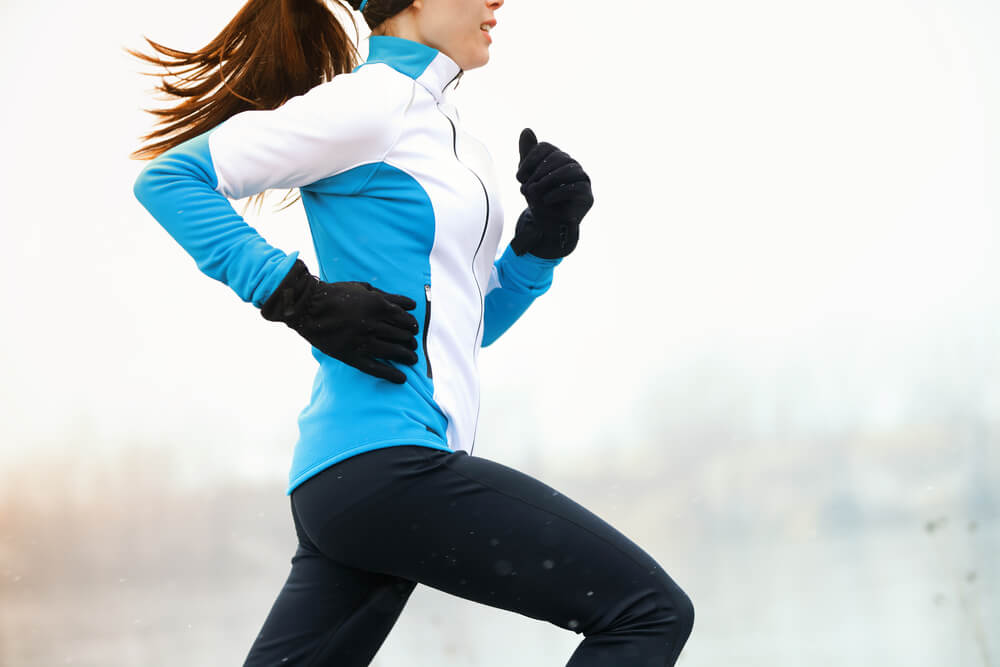
Running armband
A great running armband can allow us to run extra flexibly. We can cover miles with armbands without being concerned about losing their control on their device.
A lot of us run with our handsets, whether for navigation, talk show and streaming music, or security reasons, so who wishes to think regarding their mobile while running? We’re all searching to get misplaced in our miles and enjoy the liberty that brings with a game that (supposedly) doesn’t require much equipment. A decent armband allows you to concentrate on your form, the road, or the pizza you’re going to enjoy at the end of your run by holding your phone without nicking, itchiness, malfunctioning, shifting, or wobbling.
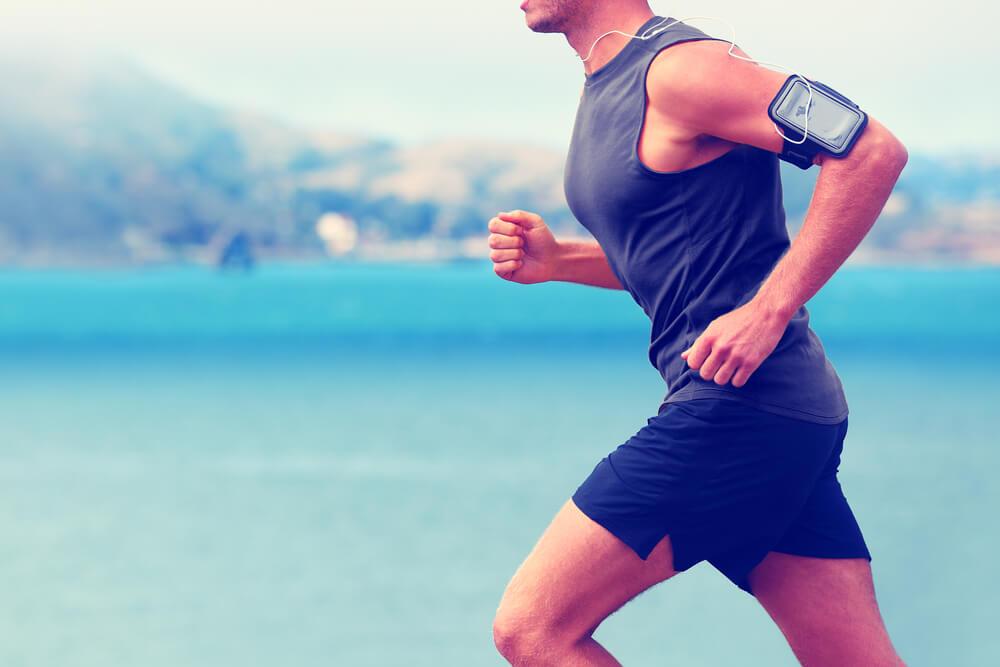
Sport watch
You need to have a high-quality smartwatch in your exercise routine whether you are a typical user looking to live a healthier lifestyle or a hobbyist searching to reach a new level of fitness. Because of their sensing devices and other special attributes, these digital watches will assist you in tracking, monitoring, and improving your effectiveness.
Countless sports watches could also lead you by your workouts using on-screen graphics, in addition to record your sleep and restoration patterns, to assist you stay in shape and prevent injury. They are also outstanding smartwatches, allowing you to receive smartphone alerts, access your favorite software application, and even regulate home automation products.
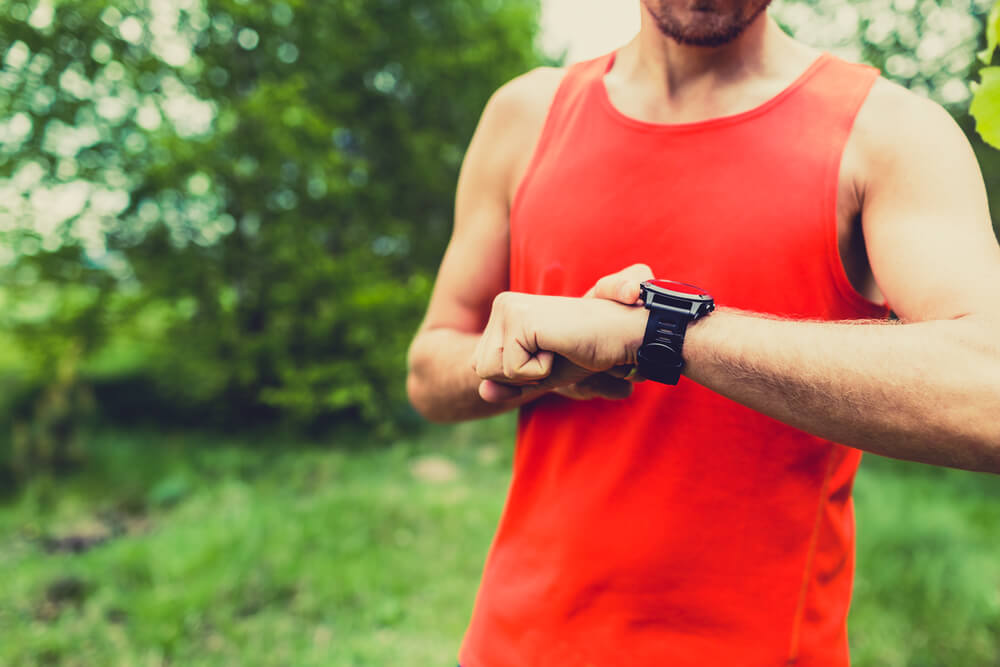
Heart rate monitor
A heart rate monitor (HRM) is a subjective monitoring gadget that enables you to measure and display your heart rate in real time, as well as track it for later analysis. It is primarily used to collect heart rate data while engaging in multiple types of physical activities. Electrocardiography is the measurement of electrical heart information (ECG or EKG).
As per professionals, there are two types of exercisers who must use a monitor:
- Exercisers who, owing to a medical condition, must maintain a specific heart rate zone for safety precaution.
- Challenging athletes who use data to improve their training.
- For the remainder of us, a heart rate monitor is merely another high-tech device that serves no purpose.
Whereas a monitor is not required for everyone, it is an excellent tool for all exercisers. Also if you only use it for a short period of time, it will assist you in understanding how you experience at a given heart rate and will aid you become a great indicator of your exercise capacity and any restrictions. Heart rate monitors are also beneficial for novice exercisers so the device allows them to set goals and track their progress.

Headphones
The best running headphones are tinier and more inexpensive than ever, nearly no wires, but it’s difficult to predict what type of sound to foresee from these small wireless earphones before you shop.
We divided it into 3 categories in order to make useful comparisons: completely wireless, truly wireless with ear clamps, and adjustable strap earbuds. While there is no cables to connect the earbuds to the mobile phone, there is a cord or band that connects the two ear plugs.
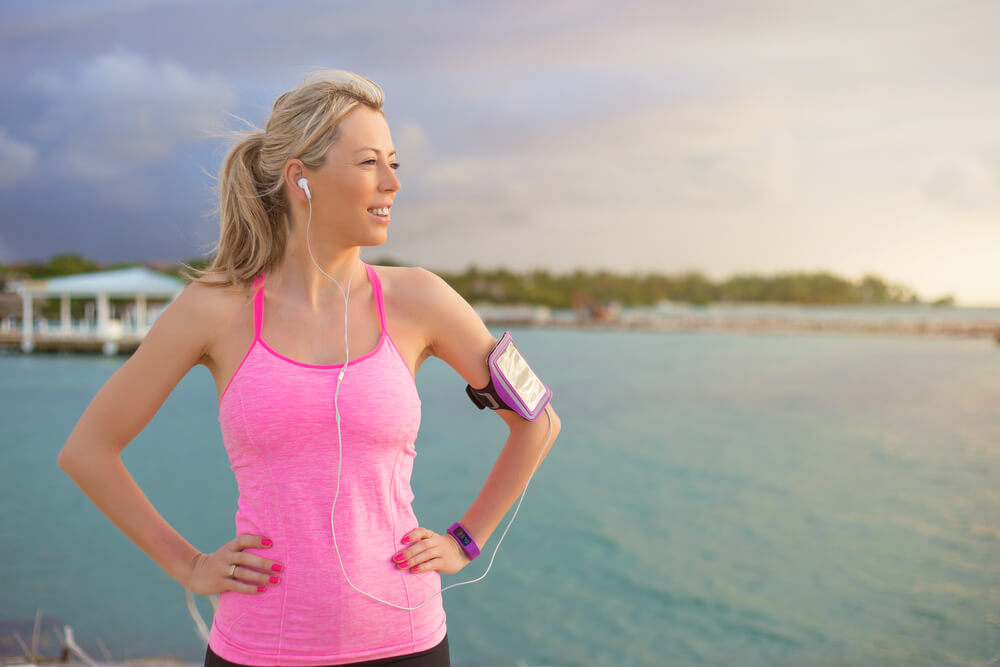
Running sunglasses
You want something that fits snugly against the face but isn’t too heavy. The best match will be capable of fitting your head and feature a full cover frame. Consider your Added protection next. The ideal sunglasses have a UVA and UVB protection rating of at least 98 percent, however you should focus for 100 percent.
Polarized lenses, that only allow light to enter at a perpendicular position to remove glare, are commonly used. In limited scenarios, like trail runs, polarisation isn’t entirely necessary f ashion. All goggles, even sporty ones, should be fashionable.
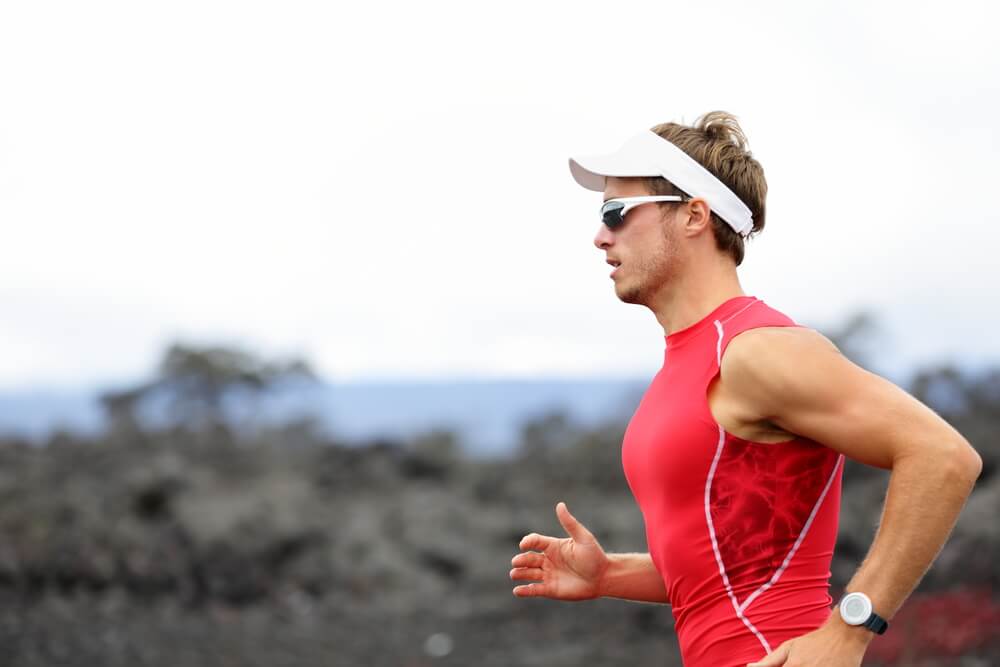
Running gear for the rain
A rainy run is similar to riding the water slide. You’re rushing to get watery no matter what it takes that can be a fun experience. This isn’t to say that running in the rain will have to leave you drenched. The right equipment can help you avoid a drenched slog and render your puddle-splashing miles quite pleasurable.
- Wearing a brimmed hat serves as one of the easiest ways to keep rain away from your eyes.
- To help avoid blisters, apply an anti-chafe body lotion or moisturizer to your feet or any part of the body that may smells bad.
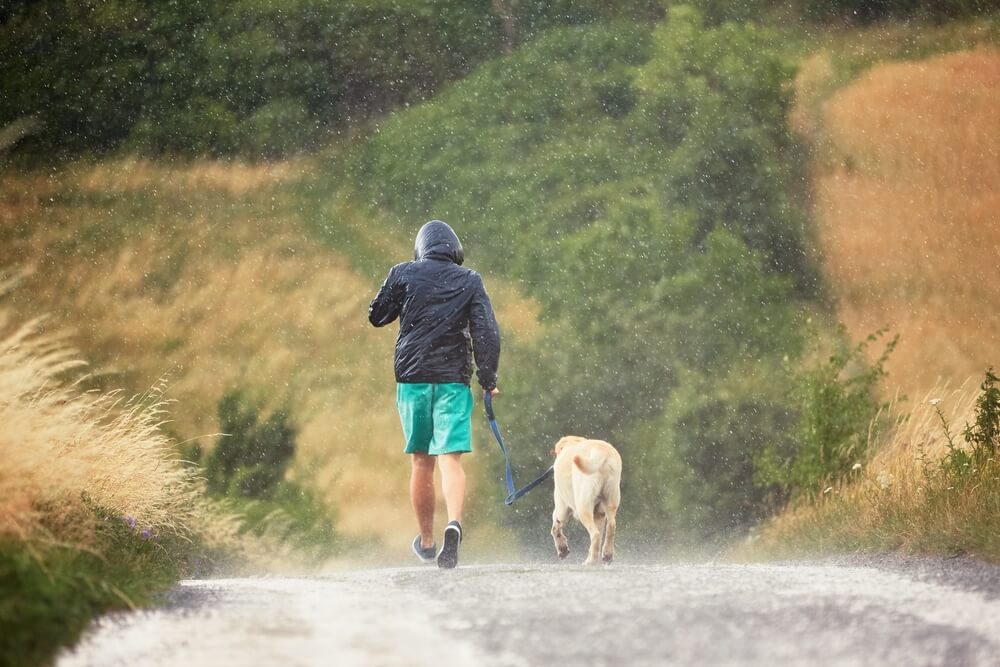
Running gear for cold weather
There isn’t such thing as adverse weather, only poor gear, like the phrase goes.
Nothing could ever prevent you from squashing an outdoor workout if you’re dressed appropriately for the weather. And, because it’s completely safe to exercise outside throughout the winter, you can maintain logging those miles despite the temperature drops.
Dress in layers with these 12 cold-weather running basics to learn how to enjoy a cold-weather run.
- Under Armour is the best base layer. Mock Neck ColdGear Authentics
- The best windbreaker is: Jacket
- Pullover Hoodie is the best mid-layer.
- Hybrid Jacket is the best winter jacket.
- Running Tights
- Running Wind Pants
- Ultra-Lightweight Socks
- The winter hat
- The gloves
- The sunglasses
- Hand warmers that work well
- The lip balm
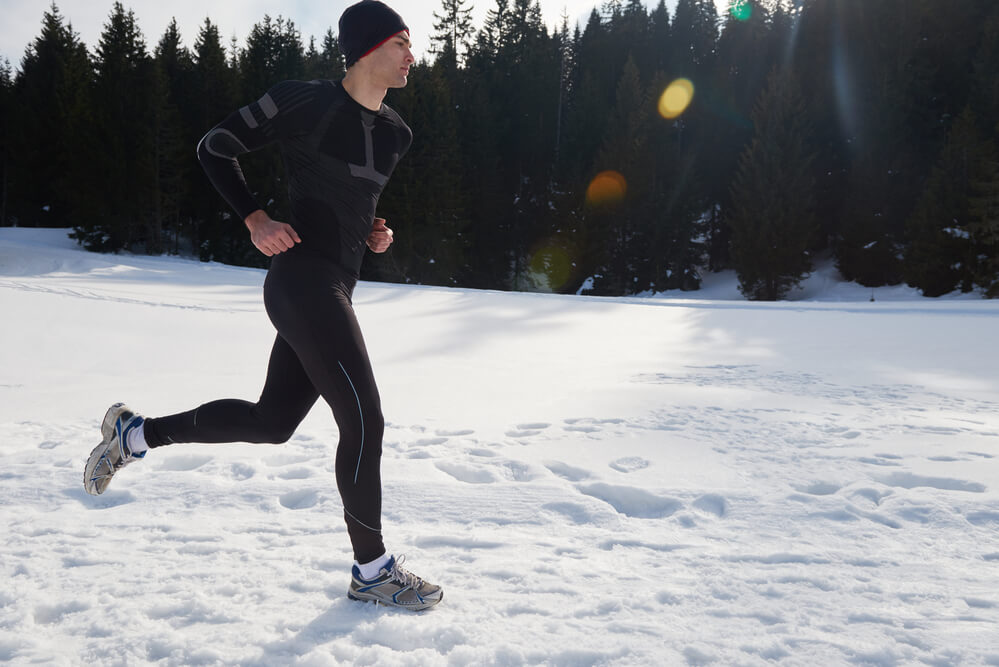
Winter running traction devices
They’re a detachable component that goes over the athletic shoes to deliver extra traction during cold weather running, either on snow or icy surfaces.
A pair of metal teeth, studs, tips, or knotted wire serves as the active component of traction gadgets. Any variety of substances are used to connect those parts to a harness, which is typically made up of a wrap around the toe, soles, and edges of your pair of sneakers to keep the main end in place.
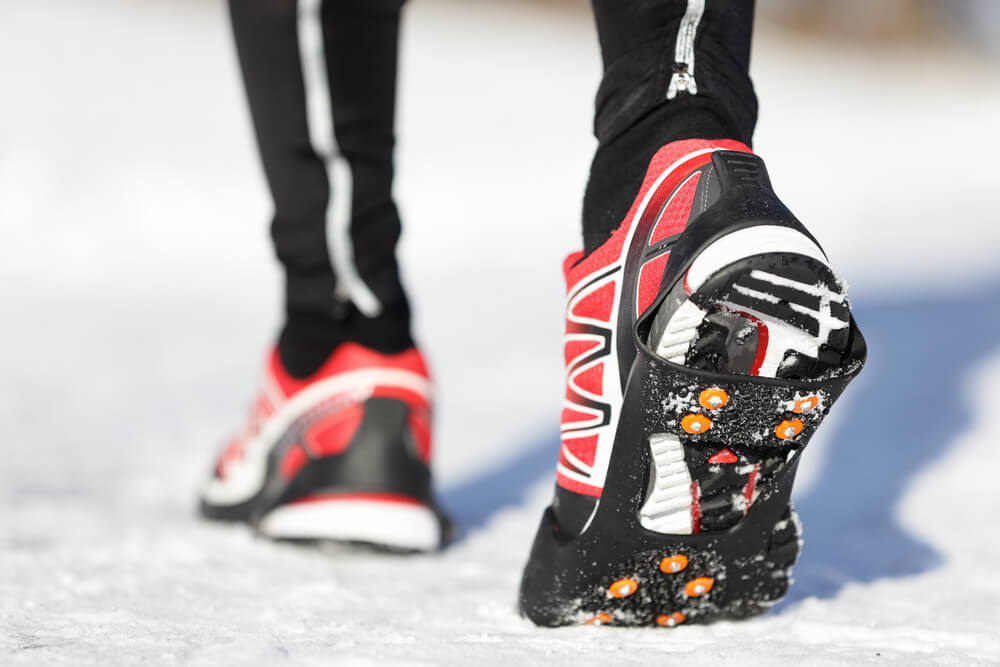
Running gear for hot weather
Our bodies perspire in in order to keep us fresh. So, when selecting running apparel for summer miles, choose items that are lightweight and comfortable, allowing your body to perform its thing as the temperatures rise. Look for options such as “moisture-wicking” and “deodorizing,” because let’s face it, summer running stinks.
Skin protection
Anybody who runs during the summer season may be considering a hat or dark glasses, but don’t underestimate the harm that even the grim winter sun can cause when you’re putting in the miles. A cap can aid you push via mile upon mile without overheating your head. A strong SPF and a sleek anti-chafe lotion are vital beauty products.
Handheld water bottle
If the run is almost than 30-45 minutes, you likely don’t really need water except when it’s extremely hot outside. Think about bringing at least one small handheld bottle for anything longer than that. In extremely hot climates, you might want to carry some water with you for any duration of run.
Water-resistant sunscreen
Sunscreens, on the other hand, can be “water-resistant.” All sunscreens advertised as water-resistant must include a water-resistance score of 40 or 80. This score denotes how long the sunscreen will remain viable while swimming or perspiring.
If you are uncertain if you require sunscreen while running on a hazy day, Blue Lizard’s mineral-based SPF 30+ sunscreen eliminates the uncertainty.
Running gear for night
While at night, running safety must be priority for every runner. White, tangerine, and yellow are excellent choices for running in the night. You can also wear clothing made from high-visibility fibers. Your gloves, hats, and shoes should also be reflective. You could also put on a headlight.
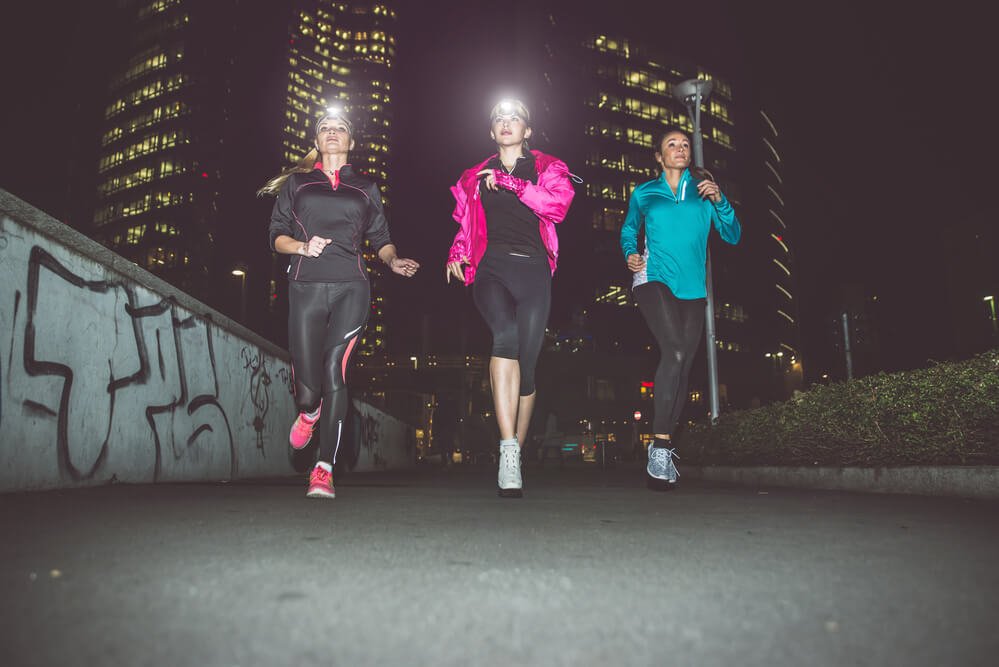
Running headlamp
O’Connor has some advice for runners who want to run safely at night. He recommends using a source of light to guarantee that you are visible to others. He suggests a headlamp, especially for those traveling by foot, as a small and lightweight beam of light that is also simple to use and efficient.
Running reflective vest
Reflective vests and kits are designed to be worn in limited light or night – time workplaces. Runners, for example, who run late at night, should wear reflective clothing. The vests emit sunlight that is shone on them, making runners more visible.
Running reflective gear
Lights. Carrying or holding lights, either steady or darting, will increase your visibility and also can light your path. Lights, unlike reflectors, can be seen even when headlamps are not directed at them. “A nice headlamp will assist you in avoiding obstacles ahead of you. Reflective vests are also important to wear while heading to the run.
Running gear marathon or ultramarathon
Running backpack
The options for the best running backpack are virtually limitless, based on your requirements. If you’re running an ultramarathon, you’ll need a light, sleek pack to transport gels, sports drinks, snack foods, and rain gear. If you intend to add a few run commutes to your weekly mpg, you’ll require something more considerable to transport your tablet and changing clothes.

Running hydration vest
It’s frequent to see runners on the paths these days wearing vests with pockets and a drinking faucet or two. All such running hydration vests have grown in popularity due to its capability to carry water, snacks, an additional layer, and any other basic items required on longer runs in a comfortable and practical manner.
Running hydration vests range in capacity from around two liters to about 12 liters and more. How much room you require is determined by how much equipment you plan to bring along, which is determined primarily by how long you plan to run.
Running poles
While running or climbing up sharp uphills, trail running poles will aid you save power. When running on steep hills, the additional power provided by your arms can assist you in going more quickly and effectively. When going down, poles can assist you in avoiding obstacles, stay balanced, and slow down.
Utilizing running poles on any hills and mountains adds stability. It adds two more points of contact with the pavement beneath you, which aids in stability on unsteady hills and mountains. Running poles assist you in stabilizing your body as you ride downhill paths.
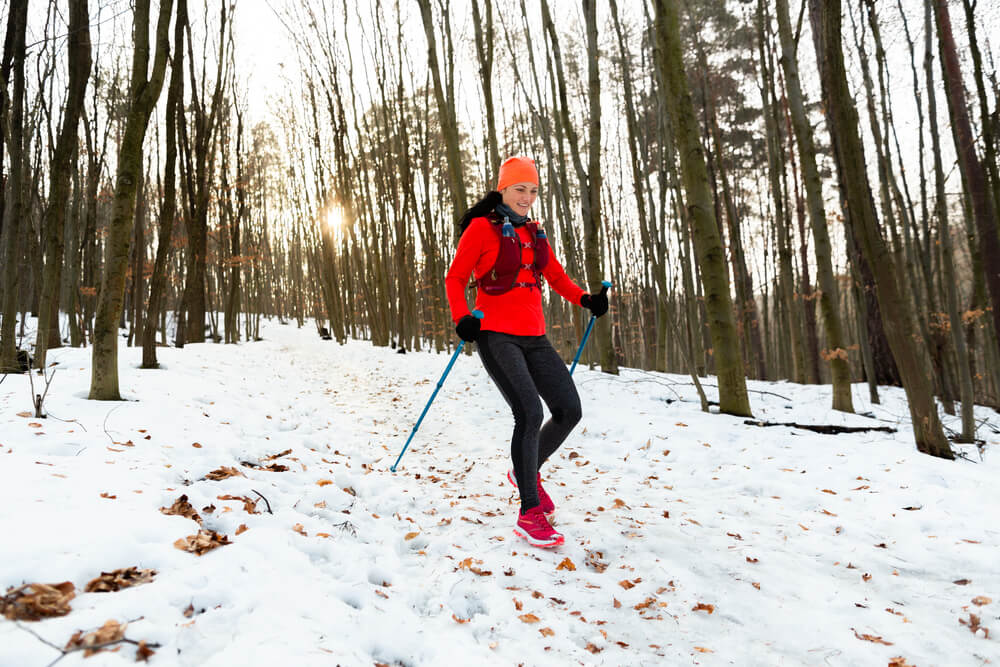
Running belt
A running belt allows you to run with your mobile, keys, and sometimes even water whereas maintaining your hands — and coffers — free. A decent one performs its function without wobbling or distress.
Running foil blanket
Marathon runners wrap their self in foil duvets after finishing the race to stay warm and avert post-race shivers. Following a race, their temperature rapidly drops, putting them at risk of hypothermia. Encasing a reflective duvet around your body helps to keep your body temperature stable and prevents shivering.
Running snacks
The ideal snacks for marathoners are those that are high in nutrients and low in added chemicals, additives, trans fats, treated oils, and sugar content.
The precise nutrient meltdown, such as calories and percentages of carbs, fats, and peptides, is determined by the timing and intent of the snack in relation to your run.
Carbohydrates, for instance, are most essential before a run, though fiber should be limited, whereas protein-rich snacks aid muscles rebuild after a training session.
Healthy options are also an important part of a runner’s general diet or healthy food plan, as they help cover caloric intake and macro nutrient requirements all day, not just during a run.
